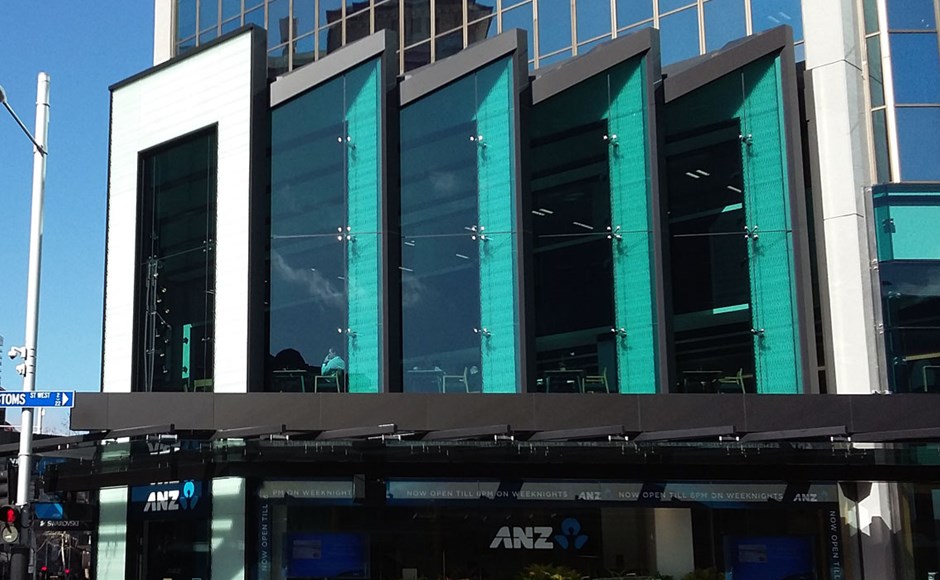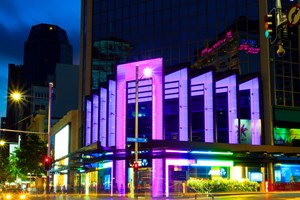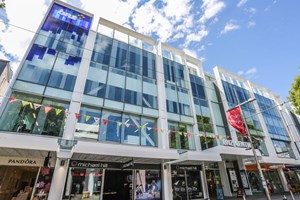Laminated Glass

Overview
LSG is a Grade A Safety Glass. It provides increased safety because it holds together if broken, reducing the likelihood of serious injury, whether in a vertical or overhead position. It can also offer increased security as the glass will generally remain in the frame after fracture. Laminated glass consists of two or more layers of glass, factory bonded together with a plastic interlayer. Laminated glass is available in a range of interlayers, the most common being:
- Polyvinyl Butyral (PVB) – This is the most common form of interlayer and is available in 0.38, 0.76, 1.1, and 1.52 mm thickness, but can be layered thicker.
- Ethylene Vinyl Acetate (EVA) – This is a newer interlayer which is available in 0.4, 0.8, 1.2, 1.6 mm thickness and can be layered thicker. It is ideal for laminating a range of special products including inserts in the laminate like photovoltaics.
- SentryGlas Plus (SGP) – This is a special high strength interlayer for barriers and structural glazing applications, which is more rigid than other interlayers.
Laminated glass can also assist in a reduction in noise transfer through the glass and lowered UV transmission. Laminated glass can be incorporated with other glass types in an IGU to provide a further increase in thermal performance.
Laminated glass has size limitations depending on the process but Thermosash Group Company, Woods Glass, has access to some of the largest lamination manufacturing sizes available.
PVB is available in various tints and colours including translucent, and EVA can be laminated with coloured PET inserts and or translucent interlayer.
Laminated glass can incorporate layers of toughened glass (TLSG) and Heat Strengthened glass (HSLSG) for additional strength and safety.



